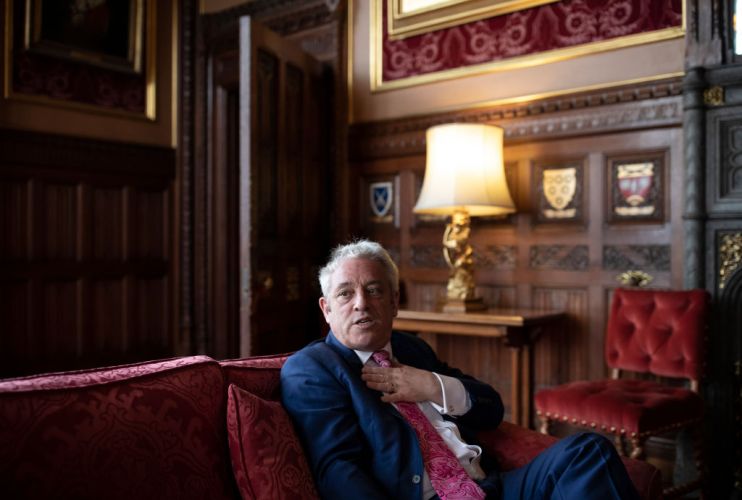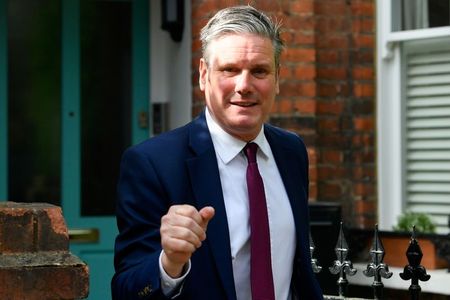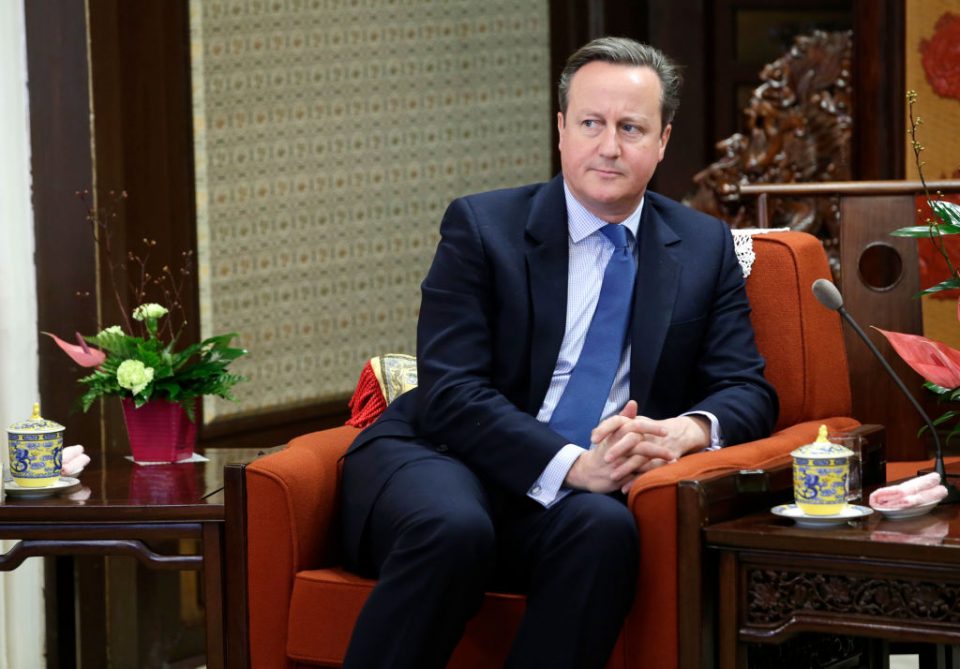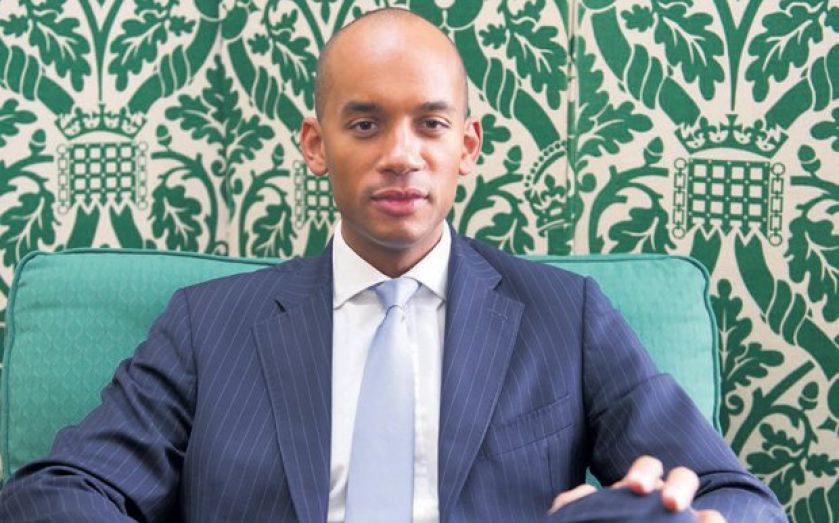Why do our image-obsessed politicians dress so badly?

I have spent much of my adult life obsessively following politics and clothes. It is, I suppose, inevitable that I sometimes allow my mind to play with the intersection between the two. The old cliché says that politics is showbusiness for ugly people; it often seems that it is for the badly dressed, too.
Why should that be so? Politics is, after all, a discipline which takes image very seriously; too seriously, some would say, as they weep for a lost and never-was age of nothing but weighty policy debates. Those who seek public support naturally want to seem as appealing as possible, and you would have thought that paying attention to their clothing would be an important part of that.
There are two caveats to that notion. The first is that there are some politicians for whom indifference to appearance either comes naturally or is a carefully cultivated part of the brand image: either way, it is not in their interests to seem crisply attired or well-groomed.
One thinks immediately of Jeremy Corbyn, with his geography-teacher beard and drab assorted jackets and trousers. It was fitting that he should be criticised for his scruffiness at the Cenotaph on Remembrance Day, honouring if not the dead then his predecessor as leader of the Labour Party, Michael Foot, who was lambasted for wearing a so-called “donkey jacket” (actually it was a short green overcoat) on this most sombre of state occasions.

The second is that there are some politicians who do devote considerable attention to their clothing and grooming, and still manage to be badly dressed. It would be invidious to name names, but—oh well, if you insist.
Nadhim Zahawi, now minister for vaccines but once the founder of YouGov, no doubt spends a significant amount on his tailoring, yet still looks as if he has been packed into a suit three sizes too small and is on the verge of bursting out. John Bercow, in ditching the speaker’s formal dress in favour of a plain black gown and his brightly coloured ties, was seeking to appear unstuffy and approachable, but instead have off the air of the sort of schoolmaster who wants to be friends with his pupils.
So what causes our tribunes of the people to range from the dull and corporate to the shabby and unkempt? One factor is that politicians, although in many ways by nature risk-takers and adrenaline addicts, are very timid when it comes to clothes. Women often retreat to the safety of a jacket in a primary colour—so as to be visible in a crowd—and black trousers or skirt. Men are sometimes persuaded that elegance lies in simplicity (in fact it is much more complicated than that), so wear a plain suit, a white shirt and a plain tie. If all of the ingredients are of excellent quality, like any good recipe, it can be sublime, but it is more likely to seem desperately unimaginative and drab.

To see the difference, try a little experiment. Picture David Cameron. He favoured navy suits, white shirts, and ties in a range of blues. But because they were well-cut, and he is tall and reasonably trim, it seemed sleek and classic. (I would have tried to tempt him with a pocket square or a striped shirt, but no-one asked me.) Now picture Keir Starmer. Again, he leans heavily on the blue suit and white shirt, but—naturally enough—favours red over blue for his ties. Somehow, though, it works less well. He looks like what he (in fairness) is, a competent but uninspiring lawyer. The phrase “dad energy” is often pinned to him, and one can see why.
Another hazard politicians must be careful to avoid is clothes which don’t translate to screen. One is famously advised to avoid stripes: and it is true that narrow stripes, closely set, can strobe on camera. But there is a difference between caution and abstinence. I have worn striped and patterned ties, and butcher stripe shirts, on television without causing any headaches among viewers. Yet the advice—plain colours, always plain colours—is drummed into those for whom an appearance on camera is an everyday occurrence.
So who does it well? Chuka Umunna, now lost to the world of finance at JP Morgan, was noted for his elegance: well-cut, slim-fitting suits from Alexandra Wood on Savile Row, occasional stripes to a tie, and raffish additions like a loosely knotted scarf. He seemed like he enjoyed getting dressed rather than it being a chore, and that shows in the comfort with which he showed off his modern, stylish outfits.

At the other end of the scale, there is a definite grandeur to Sir Desmond Swayne, David Cameron’s former parliamentary aide and now a Conservative grandee. Dessie favours light grey double-breasted suits, and always wears tunic shirts with stiff, detachable collars—these days usually restricted to barristers, clergymen and those who like to suffer a little—often with a pocket square also on display. The summer often sees our gentle knight in a panama hat. He is a blend of archaism and anarchism, but he carries it off with panache.
I could go on. Perhaps, another week, I will. I end simply with a plea to politicians: you are on display, so make an effort. And since you have to make an effort, have a bit of fun too. Be as bold in your dress sense as you are in your policy ideas (and your private lives). Don’t be afraid of your shadow. If politics is showbusiness for ugly people, you can still put on the Ritz.
